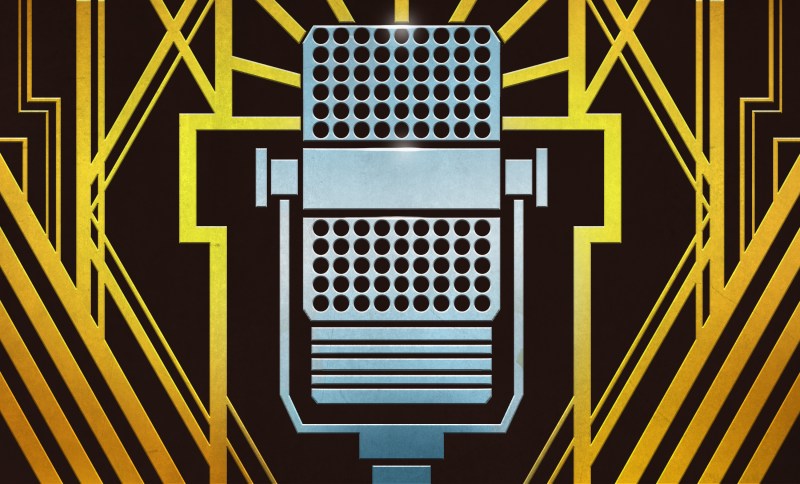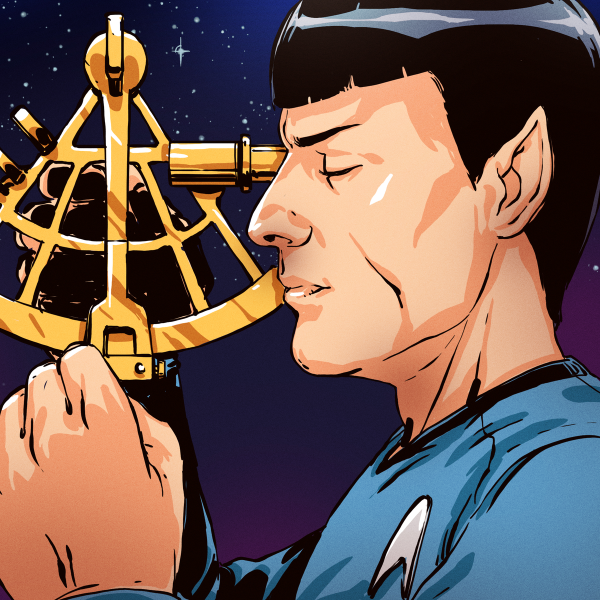Join Hackaday Editor-in-Chief Elliot Williams and Staff Writer Dan Maloney for a tour of the week’s best and brightest hacks. We begin with a call for point-of-sale diversity, because who wants to carry cash? We move on to discussing glass as a building material, which isn’t really easy, but at least it can be sintered with a DIY-grade laser. Want to make a call on a pay phone in New York City? Too late — the last one is gone, and we offer a qualified “good riddance.” We look at socially engineering birds to get them away from what they should be really afraid of, discuss Apple’s potential malicious compliance with right-to-repair, and get the skinny on an absolute unit of a CNC machine. Watching TV? That’s so 2000s, but streaming doesn’t feel quite right either. Then again, anything you watch on a mechanical color TV is pretty cool by definition.
Check out the links below if you want to follow along, and as always, tell us what you think about this episode in the comments!
Episode 171 Show Notes:
News This Week:
What’s that Sound?
- Congrats to [Tony] for identifying last week’s Voltron theme song!
Interesting Hacks of the Week:
- Hackaday Prize 2022: PewPew LCD Plays With Python
- NYC Hangs Up Its Last Pay Phone
- Radioshack Phone Dialer – Red Box (Hackaday post #1)
- 3D Print Glass With A Laser Cutter
- The Huge Apple Toolkit For Fixing Your IPhone
- Saving Birds With 3D Printed Boats
- Can You Build An Industrial Grade CNC With Only DIY Resources?
Quick Hacks:
- Elliot’s Picks:
- Dan’s Picks:
















No GitHub link in the show notes, so I’m forced to ask when Elliot is going to release the Foodanator?
Next week on the Podcast: Elliot announces a partnership with venerable hacker Dr. Heinz Doofenshmirtz!
I’ll have to go see if I can find it around somewhere…
Elliot, your story about the Luncherator reminded me about something I ran in to my first year as a coop student at the Ga Tech EES. I had taken my first business trip ever, and on return, I had to complete an expense report. One of the engineers sat down with me at the computer terminal, and fired up a program. He took my handwritten notes of my daily meal expenses, and typed them into the program. The program then spit out meal amounts for breakfast, lunch and dinner for every day of the trip, which we copied onto the expense report form to send to accounting.
This process seemed peculiar to me, and I asked why are we doing this? It turns out there was a coop student prior to me who had a peculiar trait – he didn’t like change, especially when it came to food. They sent him on a similar business trip, where he ate the exact same meal from the exact same restaurants every day for two weeks. When he submitted his form to accounting, they rejected it, insisting that no-one could possibly eat the same thing every day for two weeks. They argued that these numbers were clearly just made-up. The engineers and managers who worked with him knew he was telling the truth, and pushed accounting to change their mind, but to no avail. It made them so angry that they wrote the program mentioned above. It took your total food expenditure over X days (taking into account departure and arrival times), then randomly distributed it to each pseudo-meal, taking care to make the numbers reasonable (for example, it wouldn’t say you spend $25 on breakfast and 25 cents on dinner, for example).
I wonder if the accounting department ever became more reasonable, and if this program is still in use today.